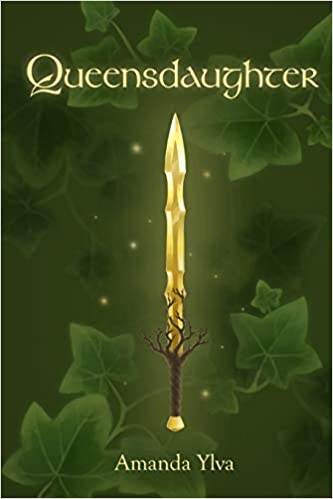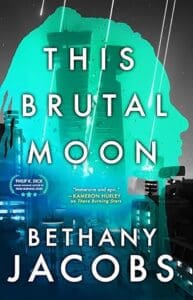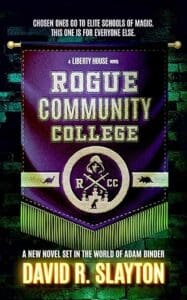
Amazon | Barnes & Noble | Book Depository | Goodreads
Rating 5.5/10
Synopsis
Navette lives a peaceful life in her home of Osala, managing a bakery that was passed down to her and her elder sister. The night of the spring festival of Emystre arrives, and the village is laid to ruin when ancient creatures-the skáiga-come in search of the Queensdaughter. Navette flees to the capital, where she discovers her fate as the heir to the throne and a world far more vast than she had ever imagined.
This story follows Navette as she learns how to become a queen, control her innate magic, and battle the darkness that threatens her entire world. Meanwhile, her sister Ivy remains in Osala as the people try to rebuild a village from ruin, even as the darkness returns.
In the lands of Varyn, not all is as it seems. The trees begin to whisper of danger, the dragons of old are little more than legends, and even queens have their secrets. Love and companionship are more valued than ever as Varyn begins to sink into darkness, but even after the darkest of nights, not all is lost.
Review
There’s a lot to enjoy in this female-led fantasy that follows adoptive sisters Ivy and Navette on their very different journeys after the destruction of their hometown of Osala. There’s a cast of characters fit-to-burst, a very cool Big Bad, LGBTQ+ representation that doesn’t feel like an add-on, and a fascinating fantasy world that promises to get bigger in subsequent volumes.
Varyn is a country where the forest is revered and the changing seasons are celebrated, a country at the heart of which a goddess’ actual heart is buried to protect the land and its people. Some of the loveliest scenes in the book are centred around Navette’s exploration of and love for the natural world, a love that the author clearly shares, and I enjoyed most her descriptions of that very special quiet found in glades and still corners of the forest.
Which of course only makes the antagonist skáiga all the more terrifying as they both lurk in the darkness of the forest and destroy it from the inside out. The skáiga are a genuinely creepy Big Bad, creatures that seem to make themselves from dead tree bark and oozing shadow. As the story unfolds it becomes clear that they are growing stronger and increasing their ranks by turning the people they have attacked. And behind them the shadowy figure of Innifar looms, an as yet unknown entity who promises to rise later in the trilogy.
With the growing threat of the skáiga as a backdrop, Navette’s journey is an interesting (if a little uneven) one. She quickly discovers her secret birthright after running away from the attack on Osala, and travels to the city of Xeruva to meet Queen Ioelena and learn more about who she really is. The relationship between the reigning queen and the rightful heir is done well: it’s uncertain, but not unfriendly, with both characters aware of what’s at stake, and it’ll be interesting to see where this goes as it was perhaps the most surprising element of the story and has a lot of potential.
Ivy’s journey was the stronger for me, however, as she stays in Osala and tries to rebuild after the skáiga attack that gets the plot ball rolling. I enjoy this kind of small-scale story where everyday work is done instead of grand sweeping action, and the focus is on the importance of friends and community. Ivy, Caelva, Grella and Llew are the characters that come to the fore in particular, each bringing something to the work at hand and providing enjoyable company as rubble is cleared, weapons are forged, food is gathered, and people are lost and found out in the forest.
This is a book with strong elements and plenty of room for growth and exploration of both the world and the characters. It will be interesting to see where Ylva takes her story next.
A final note: there are some editing and continuity issues that made me twitch a bit while reading, (and I was frustrated by Osala being referred to as a city, a village and a town at different times during the story, which I know is a small detail I should just ignore, but being very visual by nature it kept messing up my mental picture. The devil really is in those details). These are things that I understand copy-editors and proof-readers help to smooth out, and are not reasons in and of themselves not to read Queensdaughter unless it’s the kind of thing you can’t tolerate, but I thought it best you know they’re there going in.




Leave a Reply